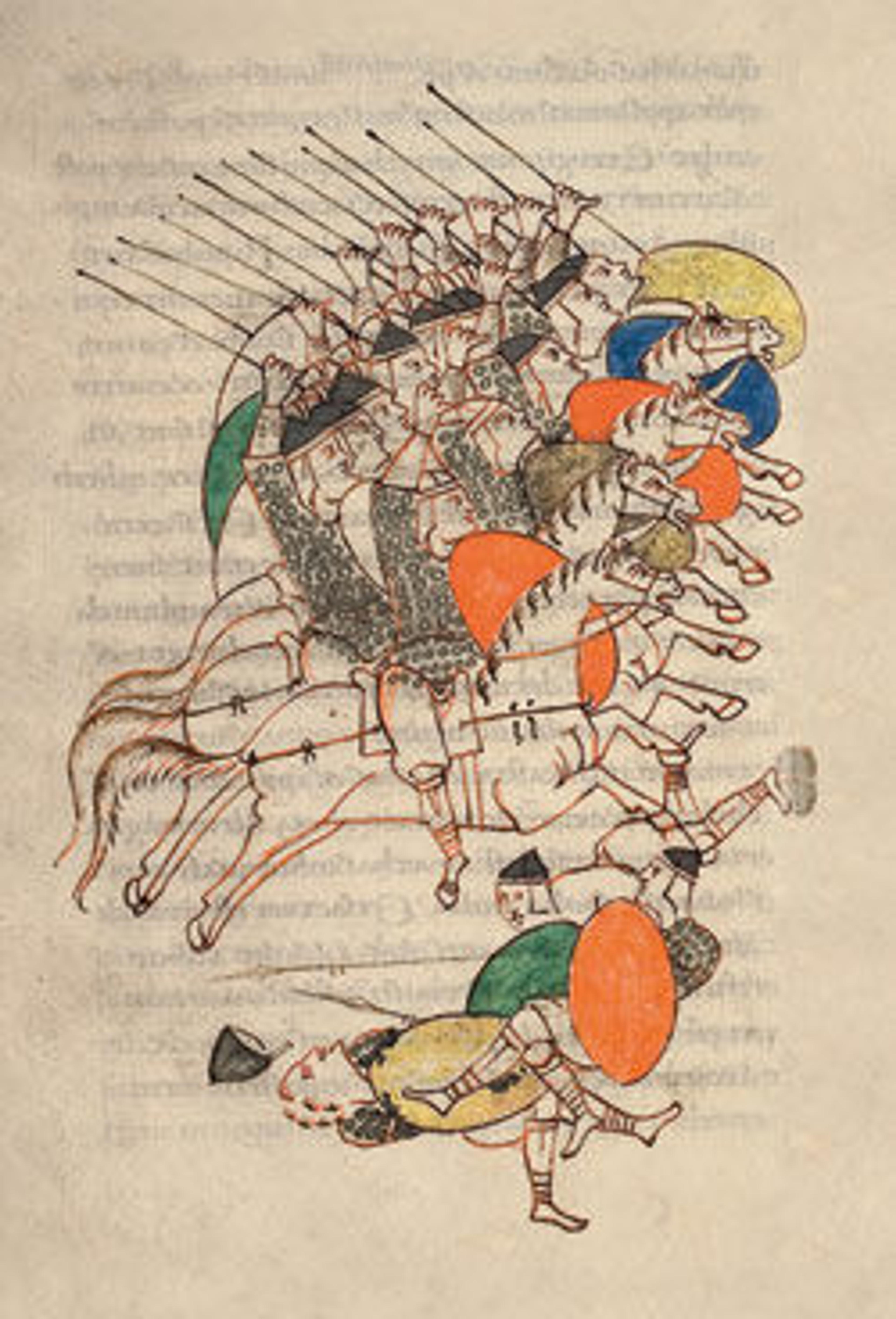
Pen and Parchment: Drawing in the Middle Ages
What is distinctive about medieval drawings? How do they differ from Renaissance drawings, which have shaped our definition and perception of the form? Why were drawings so often chosen to illustrate manuscripts and how did they evolve throughout the period? Who were the artists responsible for them? These and other questions are addressed in this volume, which accompanies a major exhibition at The Metropolitan Museum of Art in New York that is the first to consider the accomplishments of the medieval draftsman in depth.
The subject is explored in text that will enlighten the general reader and scholar alike. Melanie Holcomb's essay is devoted to the history, aesthetics, and uses of medieval drawings, subjects developed further by Dr. Holcomb and thirteen other experts in forty-nine entries that treat the works in the exhibition. The essay takes a chronological tour through the Western Middle Ages, examining drawings made in settings as diverse as ninth-century monastic scriptoria and the fourteenth-century French court. The authors discuss the pervasive and persistent taste for drawing in the Middle Ages, focusing on several areas at moments when drawing was a particularly favored medium, such as Carolingian Europe, Anglo-Saxon England, and twelfth-century Regensburg and Salzburg.
The draftsmen responsible for these drawings were primarily anonymous, yet a surprising number of medieval artists are known by name. Among them the authors consider Saint Dunstan, the tenth-century abbot and archbishop of Canterbury as well as an artist; Matthew Paris, who contributed both texts and page after page of illustrations to the Chronica Majora during the thirteenth century; the strange fourteenth-century cleric Opicinis, who, upon recovering from a grave and mysterious illness, began to draw the visions he believed were sent by God.
Drawings appear with surprising frequency in the Middle Ages, and were considered fitting for the embellishment of important and lavish books as well as for humbler tomes. The drawings were accomplished with a broad array of inventive techniques, as artists explored the possibilities of line, often playing it off painted and gilded elements. Drawings maintained a symbiotic relationship with writing, were valued for their clarity, and sometimes for their seeming attestation of direct observation. Medieval drawings exist in a wide variety of forms, occurring in bound manuscripts as well as in independent sheets, examples of which are included in this volume: drawings à l'antique, evoking classical style; illustrations of classical texts; bestiaries with pictures of real and imaginary, familiar and exotic animals; maps that highlight man-made and natural wonders; cosmological diagrams with representations of the zodiac; charts of many kinds; legal documents; model books with sketches; exegetical treatises in graphic form; and scientific illustration.
It is through scrutiny of these drawings in all their rich variety that we gain insight into the creative and intellectual concerns of medieval artists, patrons, and readers.
Met Art in Publication
Citation
Holcomb, Melanie, and Lisa Bessette. 2009. Pen and Parchment: Drawing in the Middle Ages. New York : New Haven: Metropolitan Museum of Art ; Yale University Press.
